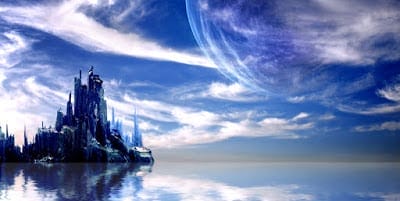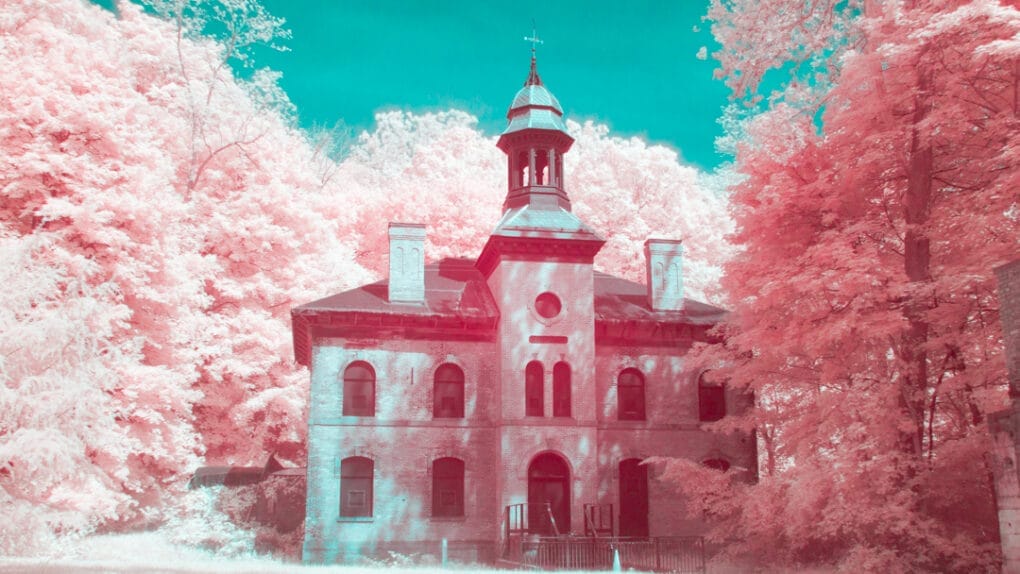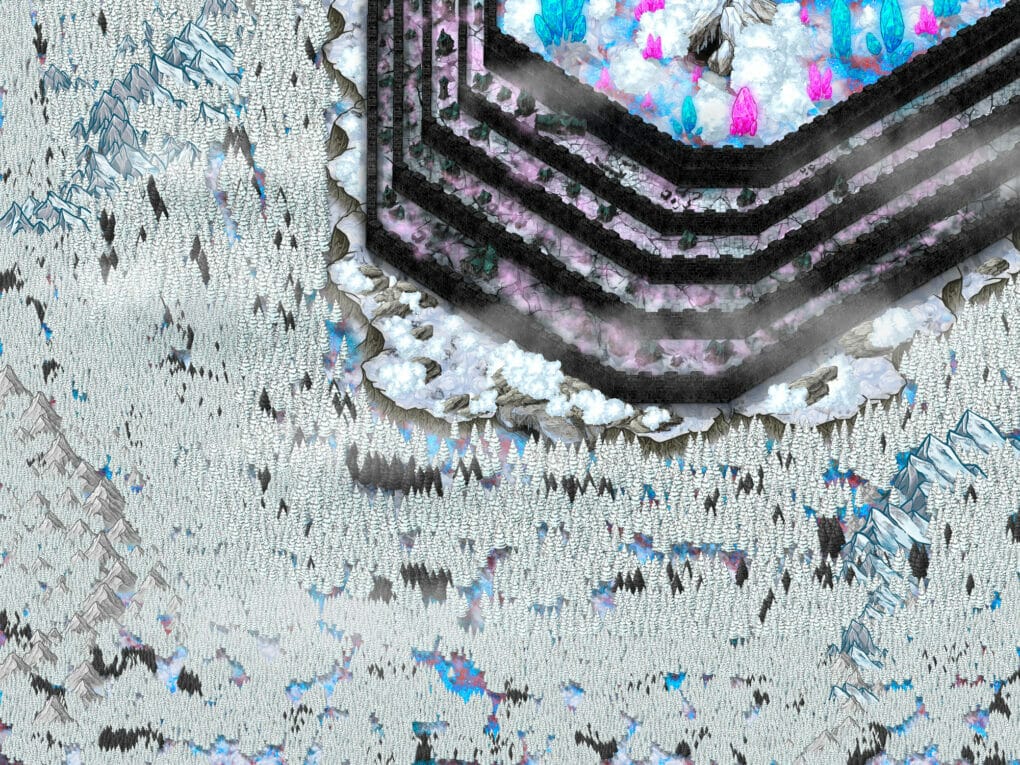
We can become too reliant on what’s “tried and true” and “good or bad” and our writing can become stale and stagnant. To break free from that I followed an ancient tradition — a tradition that spoke to me as both a writer and a human being.
Rather than defining myself as a dark fantasy author, I consider my work to be rooted in the ancient style of storytelling of the old fairy tales and myths from around the world.
There is a considerable amount of darkness in those stories that speaks to our shadow selves of violence, fear, rage, and hatred. I believe the core difference between those old fables and the marketing of what is considered fantasy is that connection to our unconscious psyches. And that is where I find my inspiration.
Against the advice of many an agent and editor, my characters are written as archetypes. They are nameless and with a title that indicates their role in the story. I respect their reasons for their advice, because it is limiting to write a character this way, their development is stunted, and they can be more distant to the reader.
These are good points.
But I find limits to creativity in the world of traditional publishing, and choose the DIY route – with all the freedom and frustration that entails. Thus, my characters remain as nameless archetypes.
I find value in exploring psychology in this way.
See if you can discern who a character could be from what they are called – Ella Bandita, the Wanderer, the Patron, the Sorcerer, the Shepherd, the Gambler, the Rogue, the Bounty Hunter, the Courtesan, the Youngest, the Wolf.
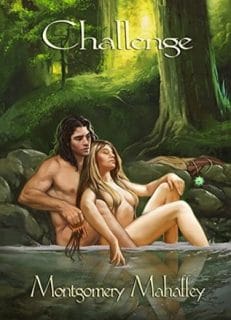
Who is the protagonist? Who is the antagonist? Who is the hero? Who is the anti-hero? Of all the characters, who plays the villain, the victim, the victor, or the vanquished?
All the characters – even the minor ones – have a journey within the story. Who do you feel you would relate to, simply from what they are called?
The beauty of writing characters from this place is giving the reader a chance to journey into the hidden aspects of self. I believe that readers have a chance to explore their shadow selves, as well as their light from these archetypal characters and how they respond to them.
That is the power of fables.
I urge new writers to test out different methods and modes of writing. Let the advice of others fly to the wind as you experiment and see what speaks to you. Then, bit by bit, you can rope in the advice that goes along with your vision, because there is an endless amount of “shoulds” floating around out there.
You might be surprised by what you can do when you strike out against those voices and find your own.
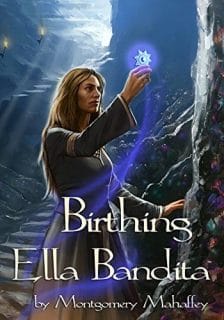

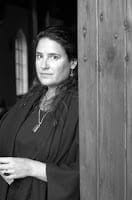
Montgomery Mahaffey is a fantasy writer who has told her stories all over the country. Alaskan winters shaped Mahaffey as a writer, and her work is built off of the myriad of personal and collective experiences formed underneath that mystical landscape. Born in the south to a family of storytellers, Mahaffey has developed her own voice that is suffused with the temperament of the wanderer instinct. Set in a world where magic is at once subtle and pervasive, her novels bring to life symbols and stories of the old fairy tales told with wry humor and passion. In 2005 she was granted the Individual Artist Project Award from the Rasmuson Foundation in Anchorage, Alaska. Ella Bandita and the Wanderer is her first novel.

